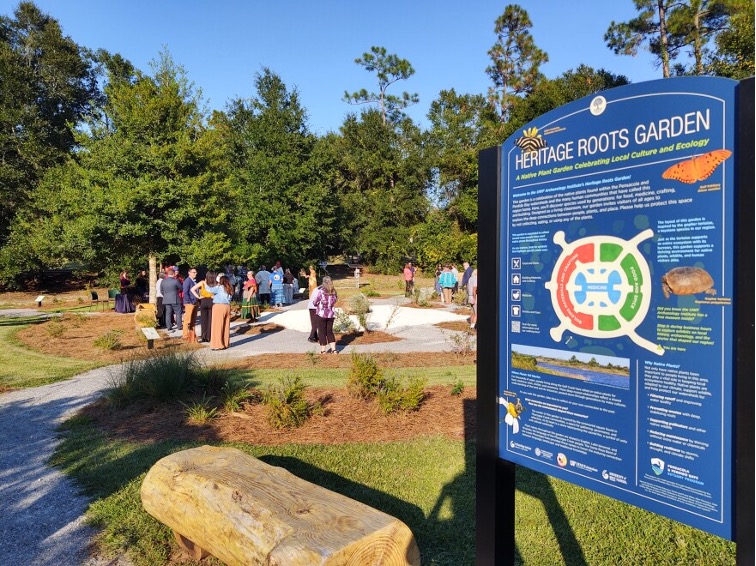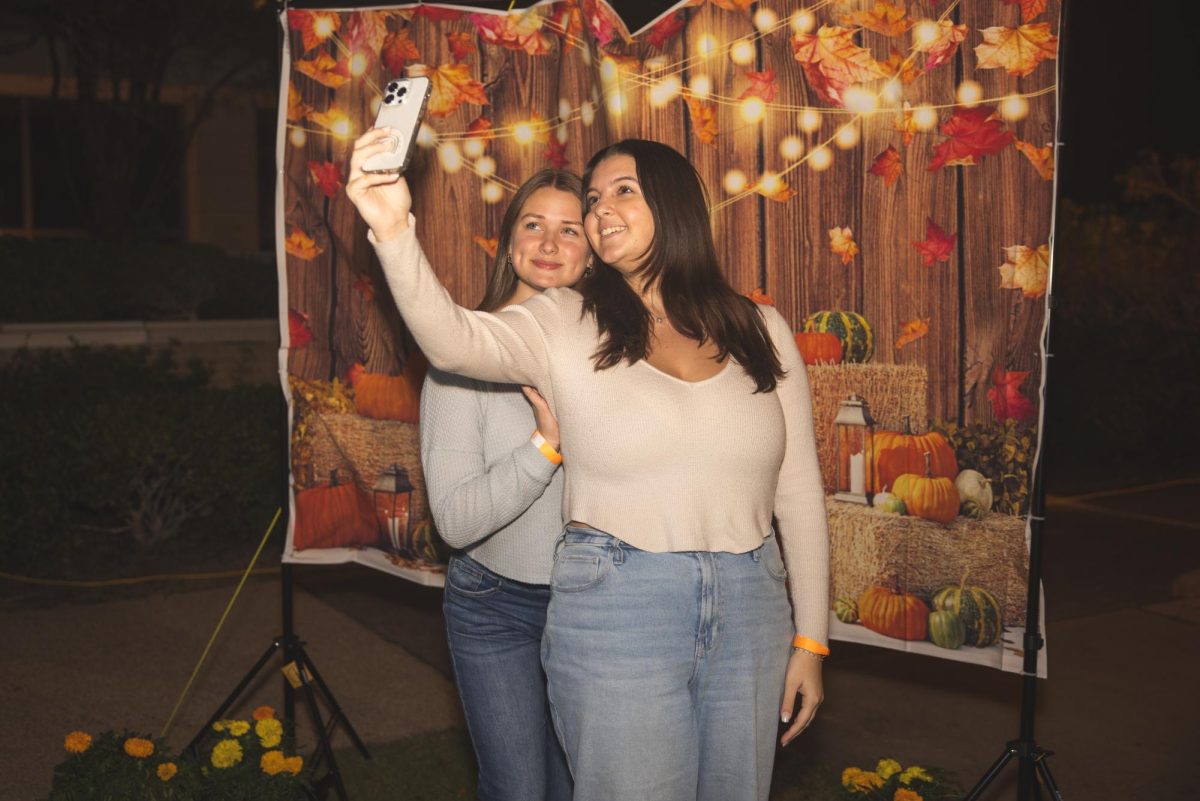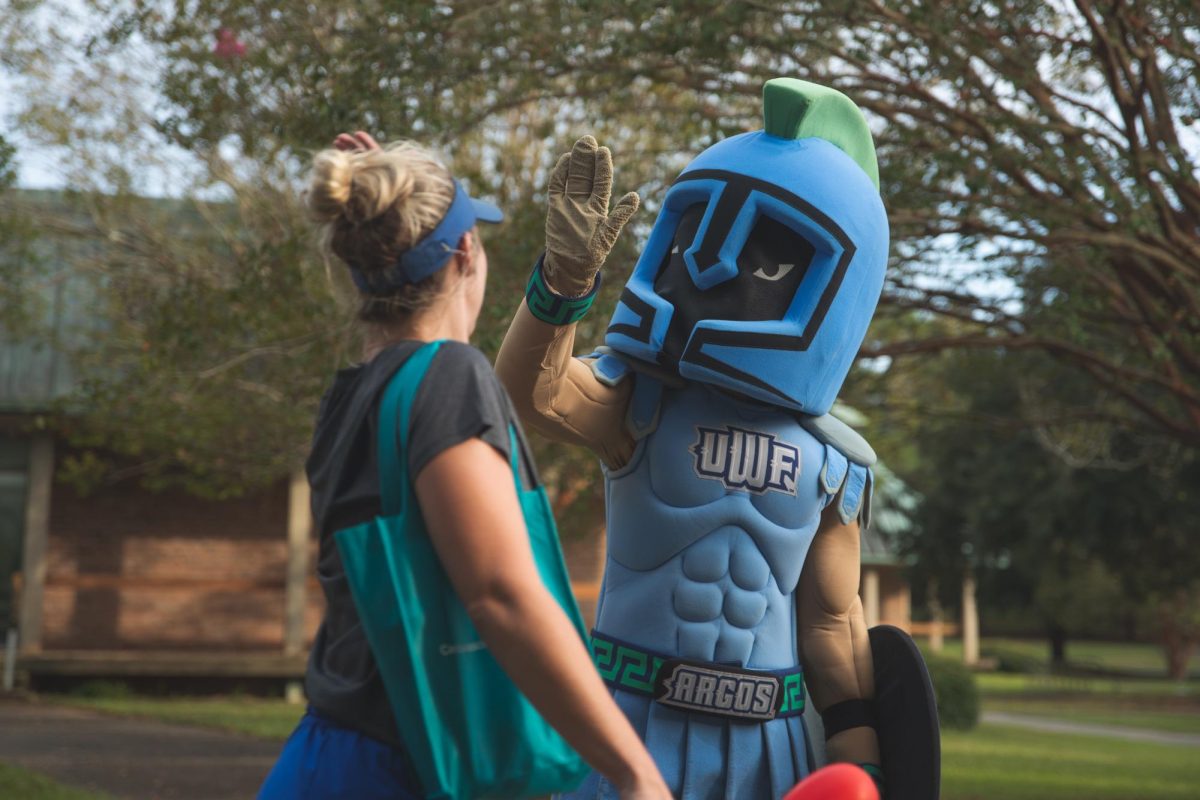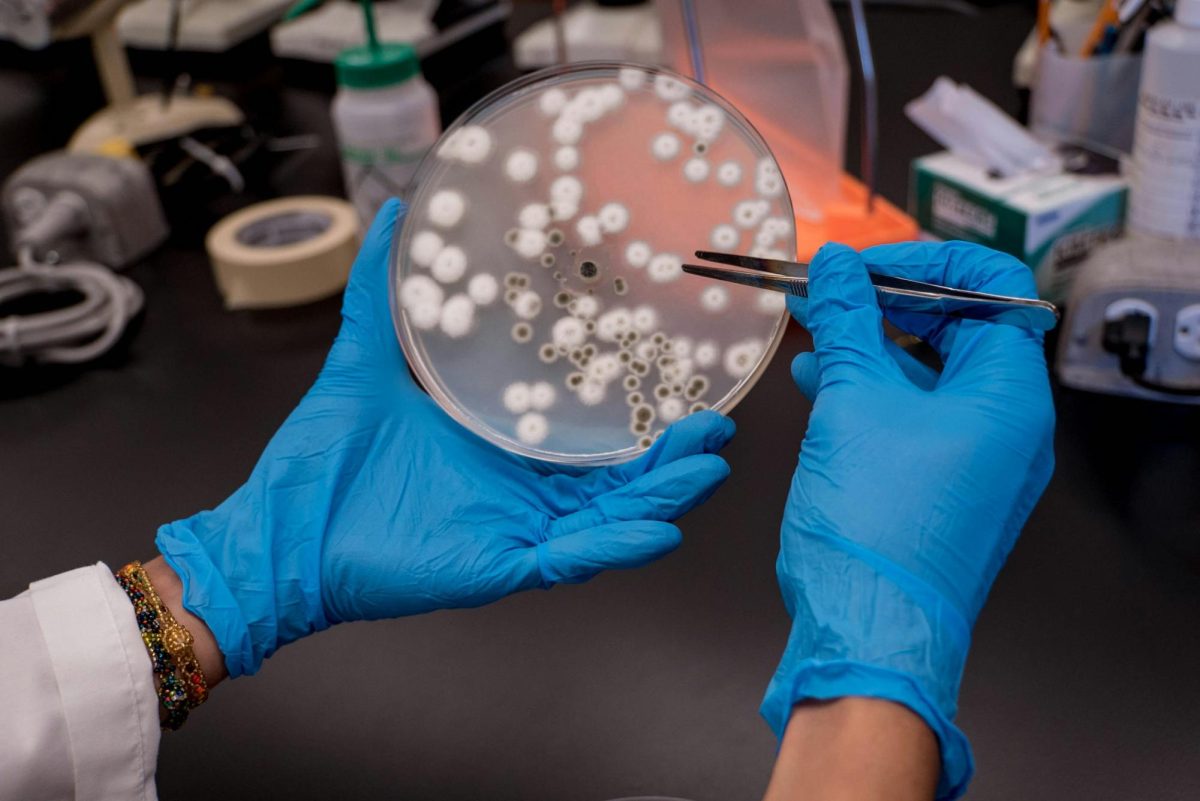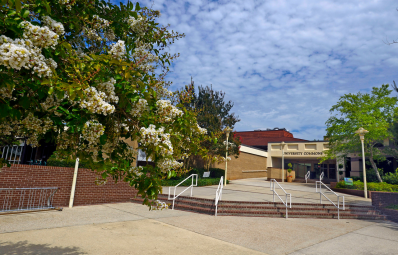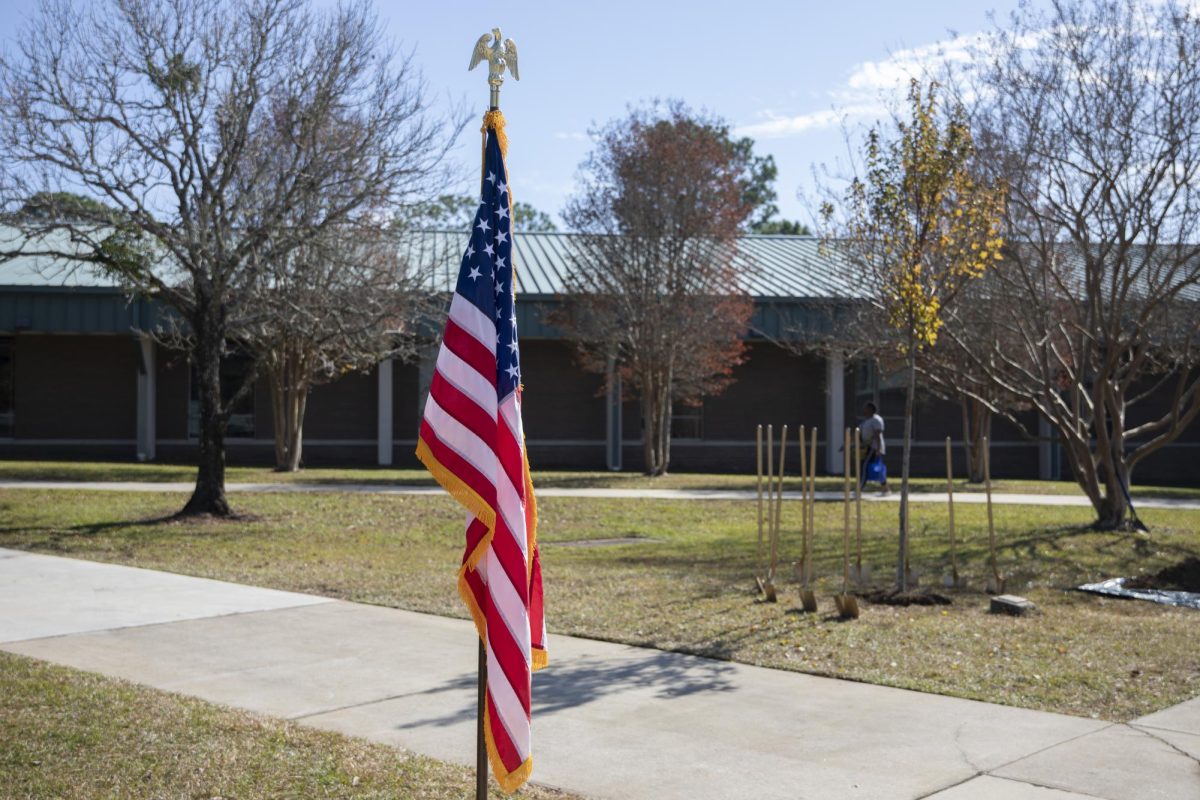Tuesday, the University of West Florida’s Archaeology Institute opened its new heritage roots garden. The garden was created to be an educational space that highlights many Northwest Florida native plants and their cultural significance. The project is part of UWF’s efforts to promote hands-on learning.
The creation of the garden was a collaborative effort among the Florida Public Archaeology Network, the Santa Rosa Band of the Lower Muscogee, the UF/IFAS Escambia County Extension, and local garden designer Emily Peterson. The project was funded by the Pensacola and Perdido Bay Estuary Program’s 2024 Community Grants program.
“The University of West Florida’s Archaeology Institute has a wonderful museum inside, and we had some space outside that I thought would make a wonderful extension,” said Nicole Grinnan, assistant director of the archaeology institute at UWF.
The garden features various plants that have different uses, such as food or medicine. Some specific plants include red mulberry, strawberries, American beautyberry, black-eyed susan, and swamp hibiscus. The garden offers visitors a look into the region’s ecological and cultural roots.
Aside from the garden being an academic resource, it is also designed to be a quiet spot on campus for students to visit, whether they want to study, reflect, or just relax. Looking forward, the university plans to expand the garden with more plant varieties and educational insights about the culture and purposes behind them.

